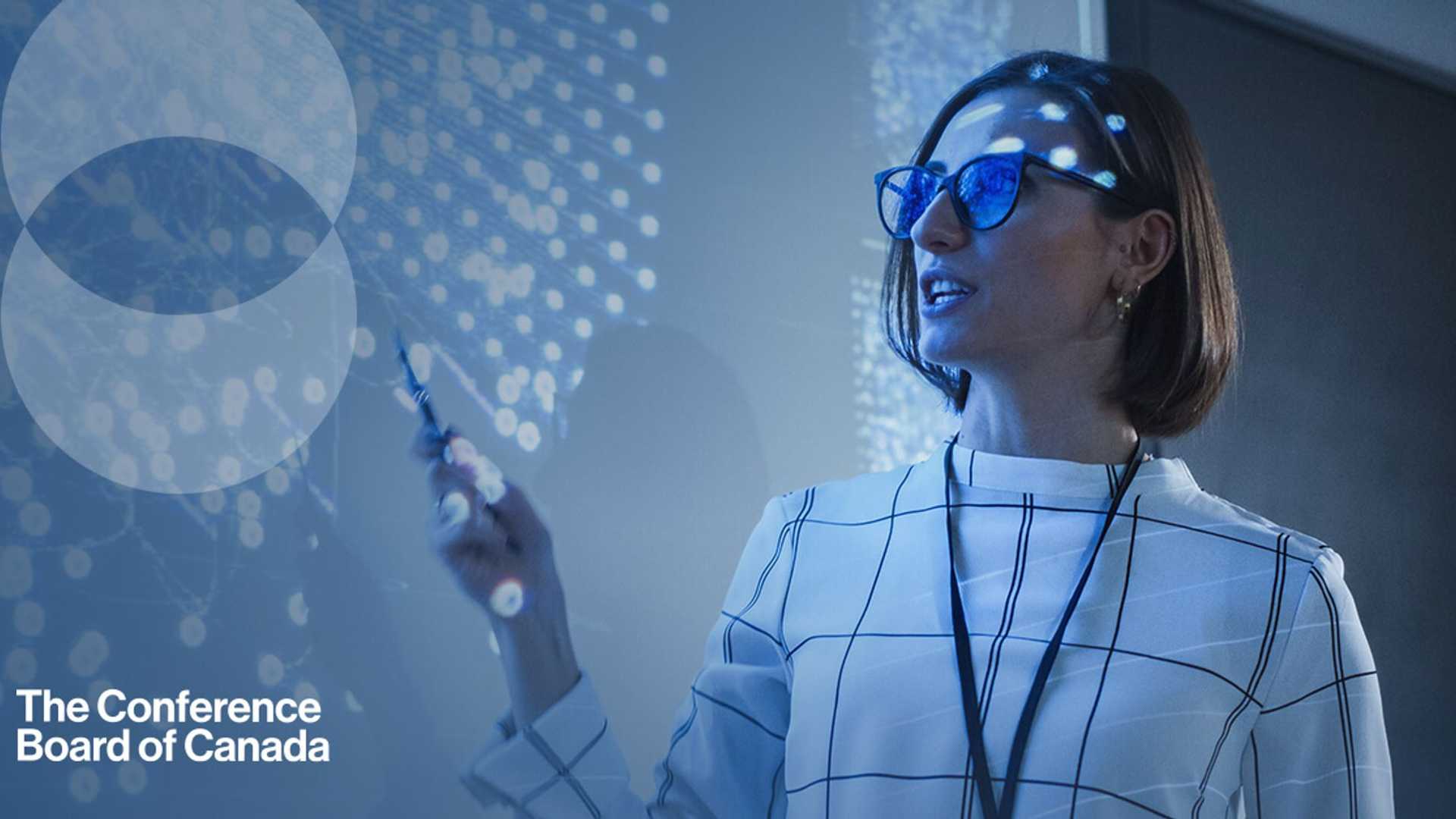AI on the Horizon: April 30, 2024 Update - The Conference Board of Canada
This update explores the latest advancements in artificial intelligence, focusing on developments in LLM technology and regulatory shifts. It also delves into the evolving landscape of AI, including its impact on labor and societal norms.
LLM Advancements and Regulatory Changes
The introduction of Claude 3 has positioned itself as a powerful LLM in the market, particularly in text analysis capabilities. While Claude 3 excels in text analysis, other models like ChatGPT outperform it in handling images and numerical data. Despite its strengths, the most potent version of Claude 3 is not accessible in Canada, aligning the country with others like Russia, Iran, North Korea, and China.
The Rise of Devin and Future Implications
Devin, a new AI software engineer, has garnered attention for its superior coding capabilities compared to other existing models. Although it excels in creating new applications/projects, it faces challenges in established environments. As version 1, it does not pose an immediate threat to software engineering jobs. However, future iterations may present different outcomes, reflecting the evolving nature of AI technologies.
Regulatory Measures and Ethical Considerations
In March 2024, the EU enacted the AI Act, which prohibits high-risk AI applications in critical sectors such as healthcare, policing, and education. The legislation includes restrictions on using AI for predicting political opinions, sexual orientation, or emotional states. Additionally, public deployment of facial recognition technology is limited, except in cases of kidnapping or terrorism.
The Role of Visual Data in AI Advancements
As AI technology evolves, the integration of multi-modal capabilities enables interaction with various data types such as text, speech, images, and sound. Innovations like Figure 1, a robot integrated with ChatGPT, exemplify the fusion of robotics and AI. Visual data is increasingly recognized as a crucial element in advancing AI capabilities, with potential implications for achieving artificial general intelligence (AGI).

Future Collaborations and Industry Dynamics
Rumors suggest potential collaborations between tech giants like Apple and Google to leverage Gemini for empowering iPhone features. This partnership could rival existing alliances in the AI space, potentially transforming GenAI into a ubiquitous assistant accessible to all users. The convergence of technology and everyday life mirrors scenarios depicted in futuristic films like Her, providing a glimpse into the foreseeable impact of AI on society.
Human-Centric Approaches in the Era of AI
Despite concerns about AI's dominance, economist Noah Smith emphasizes the enduring relevance of human skills and comparative advantages in preserving well-paying jobs. However, reports from the Wall Street Journal indicate a shift in demand and compensation for IT professionals, with a spotlight on AI, cybersecurity, and data science roles.
For further insights on artificial intelligence trends and publications, visit The Conference Board of Canada - AI Section.




















